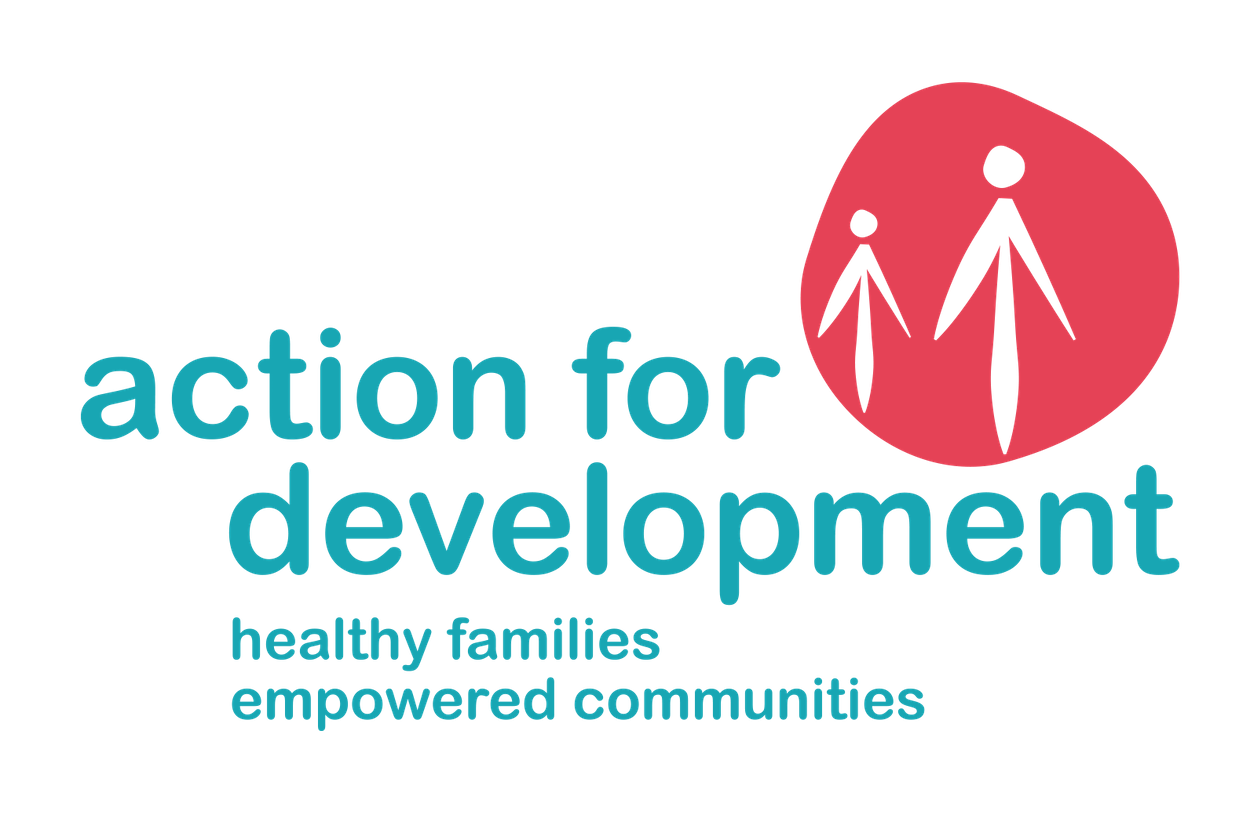UNHCR’s annual Global Trends report, issued on the 18th of June 2020, shows that an unprecedented 79.5 million individuals were displaced as of the end of 2019. Of these, 45.7 million were people who had fled to other areas of their own countries, while about 29.6 million had fled to other countries as refugees. More than half of refugees are children.
There are almost 2.5 million registered refugees from Afghanistan. They comprise the largest protracted refugee population in Asia, and the second largest refugee population in the world.
According to World Vision, Pakistan hosts nearly 1.4 million, including some second- or third-generation Afghan refugees who have never lived in their home country. Some have been forced to return home from neighboring countries, but increased violence in Afghanistan since 2015 has led to a new surge of asylum seekers. More than 4 million Afghans are displaced within the country due to conflict, drought, and other natural disasters.
According to IDMC, as many as 461,000 new displacements associated with conflict and violence were recorded in 32 of 34 provinces in 2019. They were triggered by fighting and attacks involving the Taliban, government forces, ISIS and other non-state armed groups. Around three million people were living in displacement at the end of the year as a result of four decades of conflict. Of 117,000 new disaster displacements recorded in 2019, 111,000 were triggered by flooding in the western provinces of Badghis, Farah, Ghor, Helmand, Herat and Kandahar.
The government’s decision to issue a million “occupancy certificates” to residents of informal urban settlements is a positive development in this sense. The certificates will protect holders from eviction for five years, and will be in the name of both wife and husband. The government also said in 2019 that it intended to prioritise housing for returnees and female-headed households, and would make at least 200,000 flats and plots of land available in 2020. It is vital that local integration and reintegration efforts are strengthened and that such programming is adapted to urban situations.


